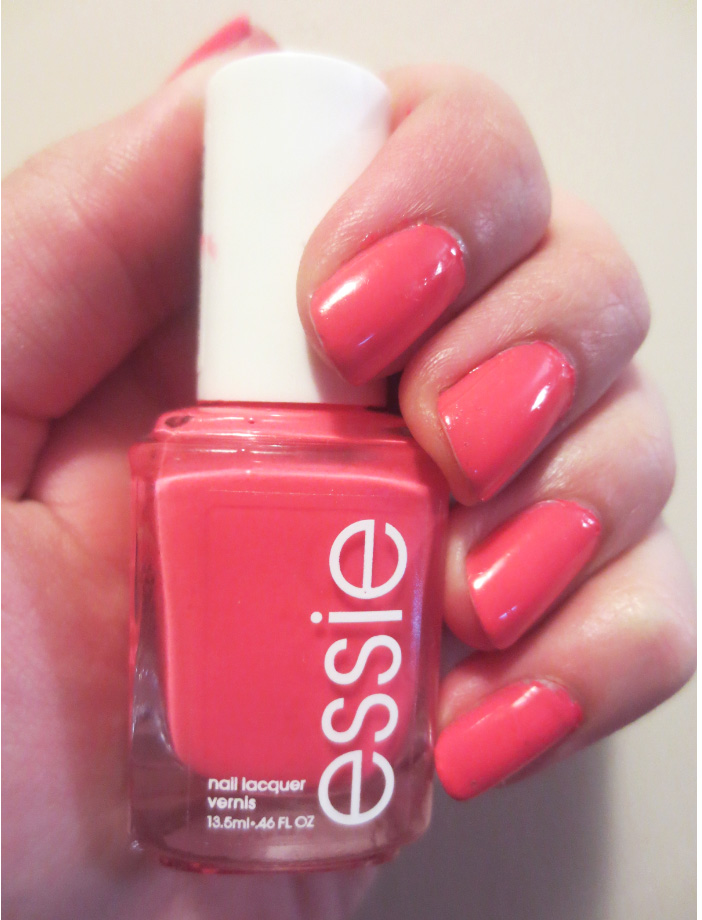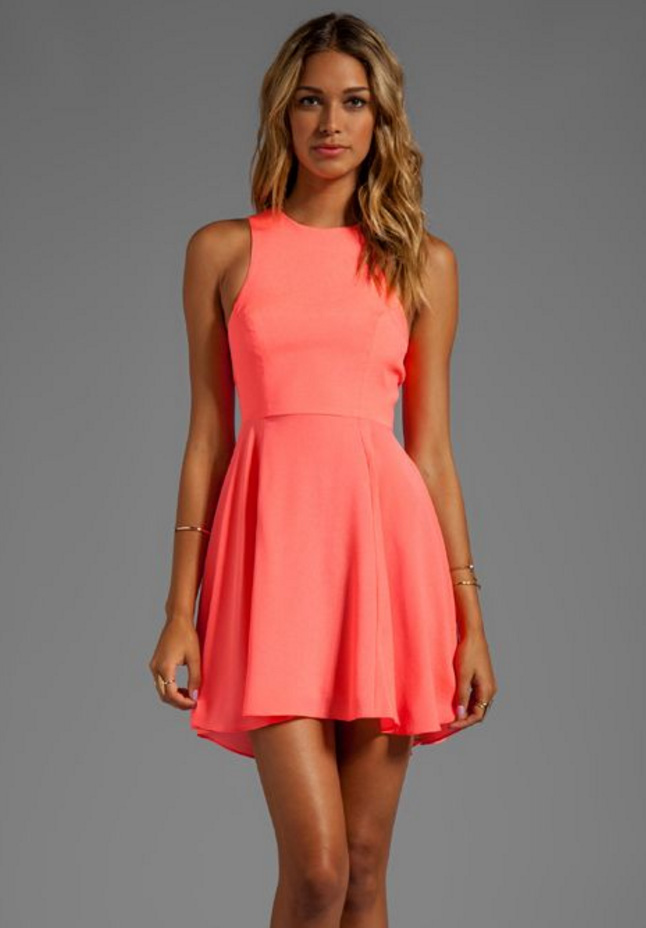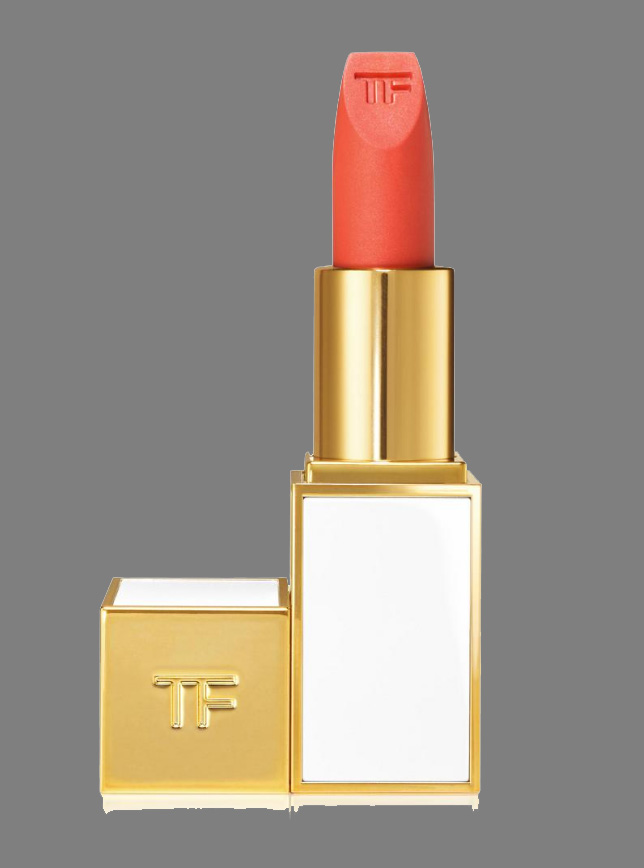Origin of a Food Trend: Why Is Grapefruit Trendy?
Origin of a Food Trend: Why is Grapefruit Trendy?
Grapefruit is an emerging trend in the food industry, and is forecasted to be one of the most popular fruit flavors in the next couple years. So, how do savvy marketers predict food trends? Much of it comes down to design thinking principles and keen observation of seemingly unrelated social, cultural, and technological variables.
Why Is Grapefruit so popular?
Grapefruit is a hot culinary trend in the U.S., and has been for the past couple years. Believe it or not, flavor is not the only contributing factor to this trend.
In 2011, spring fashion was largely dominated by coral. The 2011 "Pantone of the Year" was a preppy pink hue (Honeysuckle 18-2120), transitioning to the 2012 "Pantone of the Year" — fresh, red-toned orange (Tangerine Tango 17-1463). With pink and orange becoming the “it” colors, coral has been extremely powerful.
Thousands of designers and developers from all industries have fallen in line with their contemporaries, designing with coral's exquisite brightness and cheery "pop”. Creating the vogue with shades of coral — clothing, accessories, websites, furniture, technology, shoes, posters, CPG (e.g. lipstick, nail polish), industrial design, retail packaging, album art — and the likes.
Who Helped Spread the Trend?
These beautiful coral designs have heavily influenced the Instagram mothership. And with 500 million active users, Instagram can be pretty persuasive.
Many Instagramers incorporate the hot coral pantone in posts, with some staying true to the 21st century, all-natural/holistic movement, by displaying coral from a natural source.
How so?
Well, not many things in nature have a coral hue. Except — you said it — grapefruit.
The niche art Instagram influencers — accounts that have nothing to do with the food or culinary world — have helped increase the grapefruit fame with artful compositions. Grapefruit’s presence on social media is hard to miss.
What Do Pantone and Instagram Have to Do with the Food Industry?
Larger synergistic-interactions, like design principles (e.g. pantone color) and social media (e.g. Instagram) with enough momentum, can trickle down to specialized groups, such as influential restaurants.
How Are Restaurants Using Grapefruit?
Since little flavor can be derived from the grapefruit rind or zest, typically restaurants are achieving the flavor from grapefruit juices and grapefruit segments. In order to pack a punch without adding unwanted water-bulk to a dish or beverage, a concentration method is often applied to fresh grapefruit juice in the form of a simple reduction.
Grapefruit is a versatile flavor, and can be used in beverages, cocktails, savory dishes and desserts. It is bright in color and flavor. Finding ways to incorporate grapefruit's inherent, polarizing tartness requires creativity and a smart palette. It must be balanced thoughtfully and with the right combination of other flavors, fat, sugar, salt, and texture.
U.S. chefs, mixologists, and pastry chefs are finding stunningly creative ways of playing with grapefruit. See below examples:
Cocktail: Cimarron Reposado, Housemade Grapefruit Syrup, Lime, Soda, Grapefruit Salt | Cosme, NYC
Hors D'Oeuvre: Parsnip, Malt, Pink Grapefruit, Lemon Mint | Grace, Chicago
Dessert: Grapefruit Meringue, Blood Orange, Spruce, Almond Cake and Buttermilk Ganache | Gramercy Tavern, NYC
Want more examples? Click here to download: “10 Creative Menu Examples: How U.S. Chefs are Reinventing Grapefruit in 2016”.
How Does This Affect the Industrial Food Segment?
“The next time you hear that a flavor is trendy, it may go a little deeper than ‘because it tastes good’.”
Once a culinary trend picks up enough frequency from a sufficient group of respected, authoritative restaurants, it takes about 1-3 years to have a massive impact on national food service menus, and ultimately mainstream retail food & beverage products. Click here to learn more about culinary trends.
This is the perfect time to capitalize on the grapefruit trend. Keep an eye out, you never know where the next food trend is going to come from. And the next time you hear that a flavor is trendy, it may go a little deeper than “because it tastes good”.
This article originally appeared in FoodBev Media magazine print publication in October 2016.







